My Top 5 Tips for Healing a Lower Back Injury
There’s nothing more frustrating than having to sit things out due to a lower back injury at the very peak of our winter riding season. My recent injury left me with feelings of disappointment, as my situation could have been prevented, or at the very least, lessened. Lower back injuries are quite prevalent amongst the general population. I would even argue that almost everyone, at one point throughout their life, suffers from this type of injury. Lower back injuries are definitely at the forefront when it comes to powersports athletes such as myself, simply due to the nature of our sport. In this article, I share my top 5 recommendations that aim to alleviate lower back pain so that you can take back control of your day to day life. Regardless of your background, you will likely find these ideas quite practical. You will be able to start implementing these protocols immediately so that you can return to living your life to the fullest.
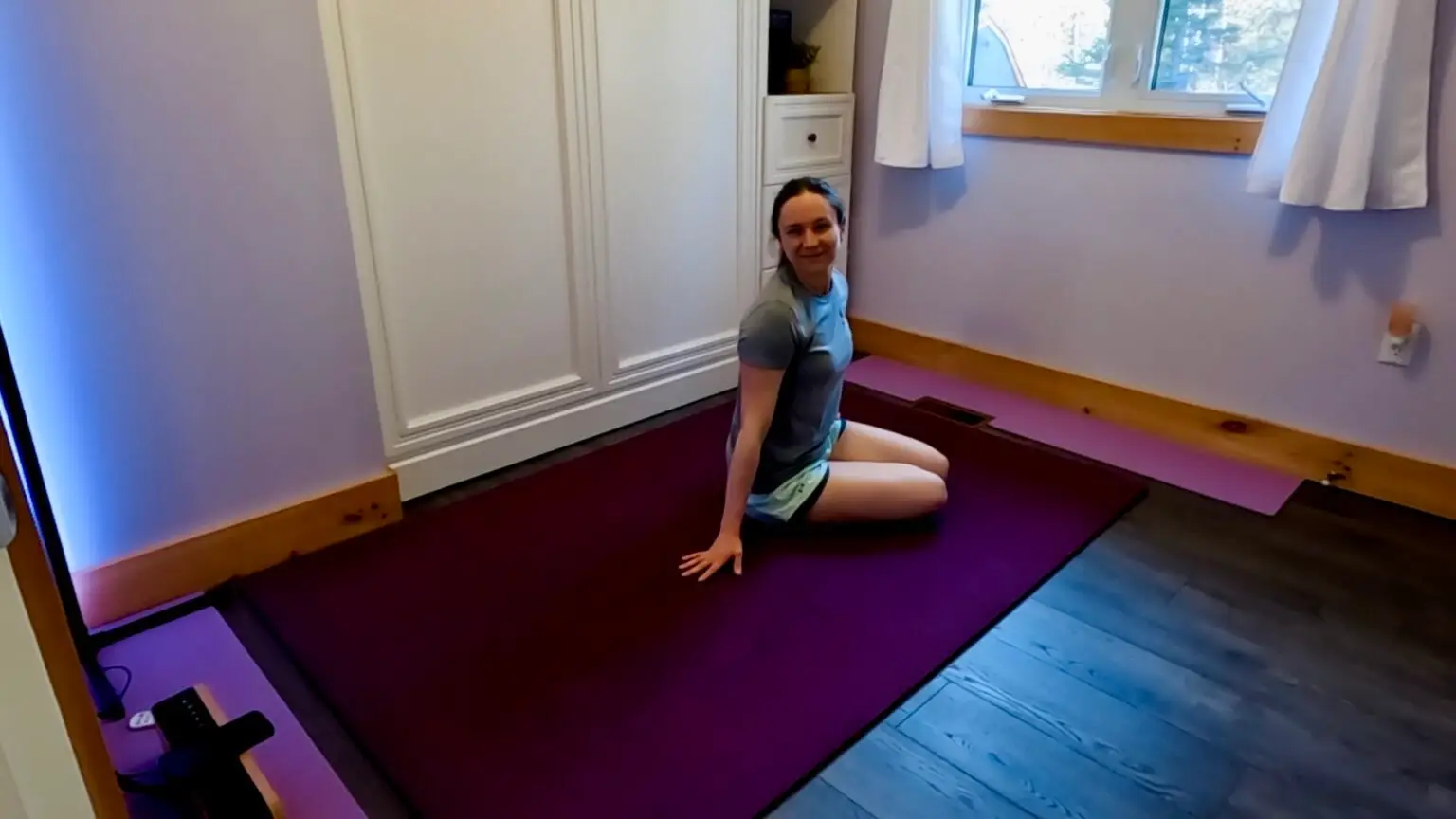
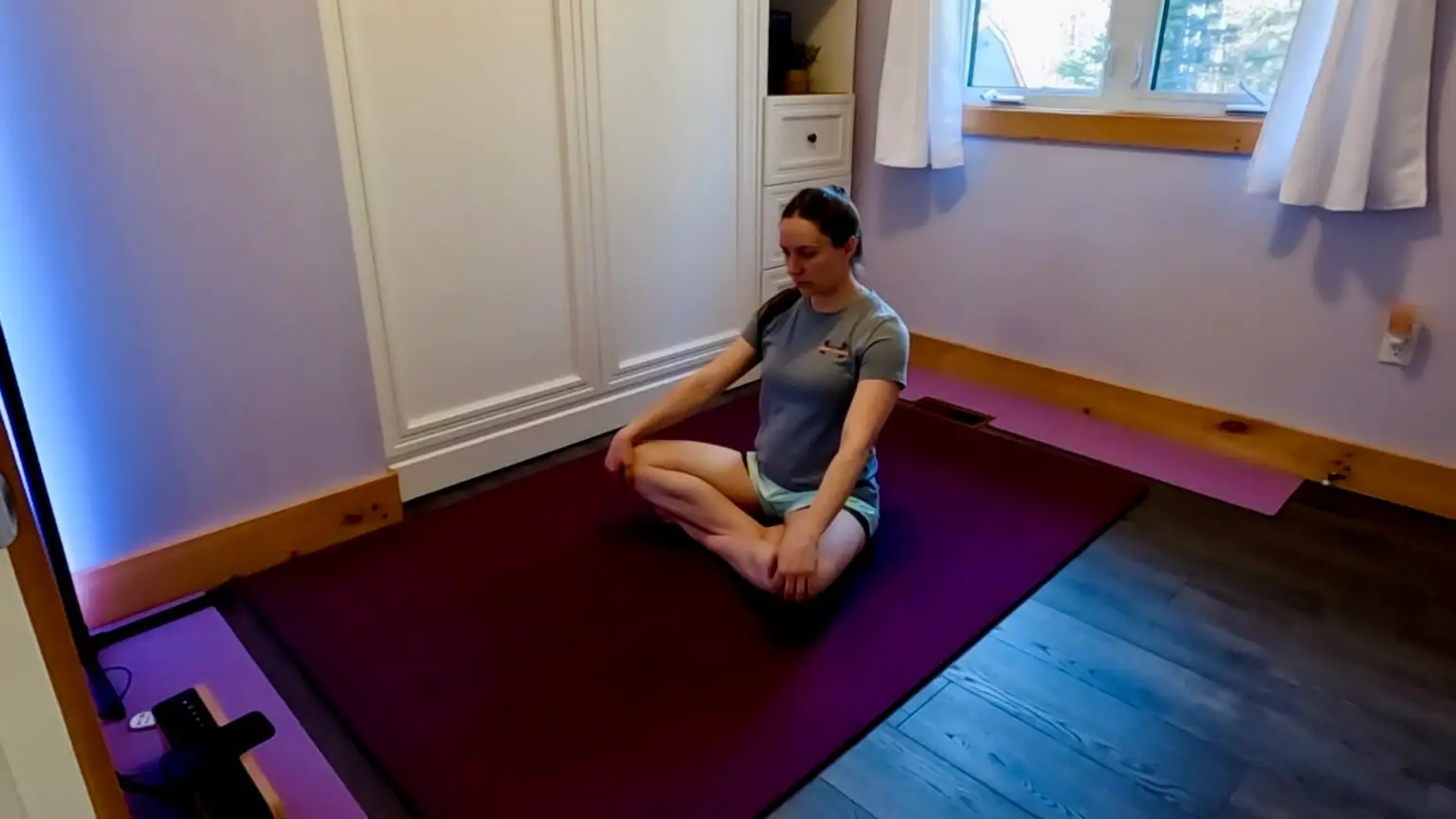
Before I start, I want to set the tone. My recommendations are not meant to be quick fixes. They are lifestyle changes that are designed to gradually improve your situation over time, while lessening your likelihood of re-injury in the future. These protocols are meant to bring more awareness to your body so that ultimately, you can be your own practitioner and adjust your treatment plan as needed. Many of these points are quite simple and obvious, but worth mentioning because they are foundational. I also want to point out that we are all unique and that every situation will be slightly different. It’s very important that you use your own discernment, as with anything you read online. Do what works for you, always! Everyone’s strategy and timeline will look different. Now, let’s dive into it.
Slow Down
As simple as this sounds, slowing down is very difficult to do. We are programmed to grind, achieve and pursue. Our ego wants to see tangible progress and momentum at all times. And if you’re a high achiever, the thought of putting your life on hold is very irritating and triggering to the core. Believe me. I initially made the mistake of trying to rush the process, only to end up digging a deeper hole for myself. Once I realized the severity of my situation, I had no choice but to fully surrender. From that moment on, I put all nonessential household tasks on hold for two weeks. The only chore that remained active was making sure we had healthy meals and that the kitchen duties were maintained. Luckily, my husband stepped up to the plate and took care of the heavy lifting. Don’t be afraid to ask for help. As counterproductive as this may seem, putting your life temporarily on hold to focus on your healing will serve you in the long term. Slowing down will allow you to properly assess your specific situation, and implement permanent lifestyle adjustments that will drastically reduce your chances of re-injury.
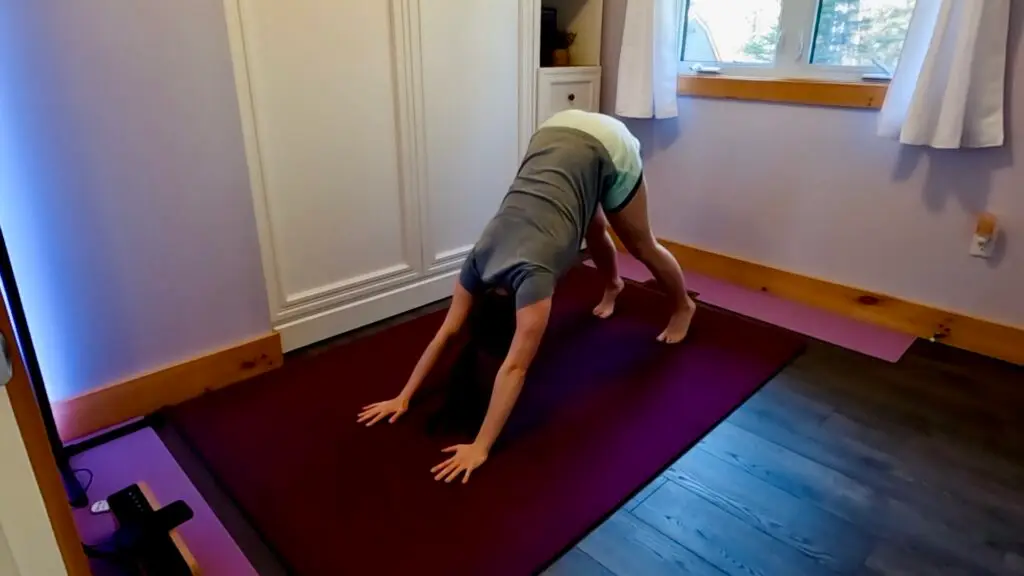
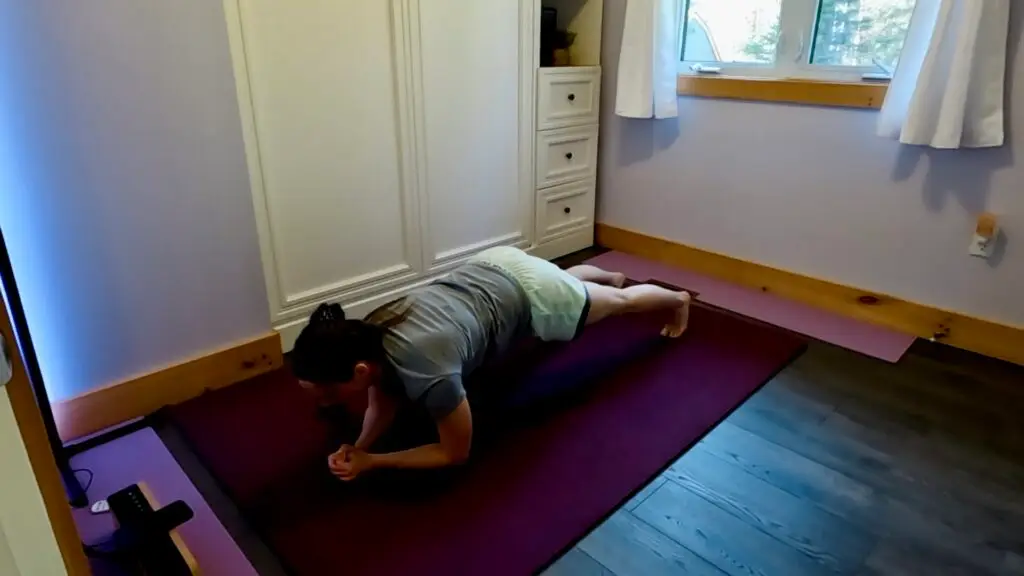
Nutrition & Hydration
The intent here is not to prescribe a specific diet or meal plan, but rather serve as a gentle reminder to check in with yourself on this front. Are you eating whole foods? Are you preparing your own meals and carefully selecting your ingredients? Are you opting for organic or more natural options when possible? Are you drinking plenty of fresh spring water every day? What you put into your body will directly affect its performance, or in this case, its ability to heal. My suggestions are the following. Eliminate all added sugars such as sweeteners, candy and store bought snacks. Limit your fruit intake and stay away from refined carbohydrates such as cereals and flours. Substitute these high glycemic foods with more hearty options such as eggs, meat, cheese, healthy saturated fats and vegetables. If your current diet looks nothing like this, I suggest a slow and steady approach when making changes. Don’t go cold turkey. Instead, gradually substitute and experiment with different foods over the course of a season. The intent is to make permanent changes so that it becomes habitual. My one particular recommendation is to start drinking bone broth. If you don’t have time to make it yourself, there are plenty of powdered options available. This is my number one go to when my body undergoes healing, whether it’s from a viral infection or physical injury.
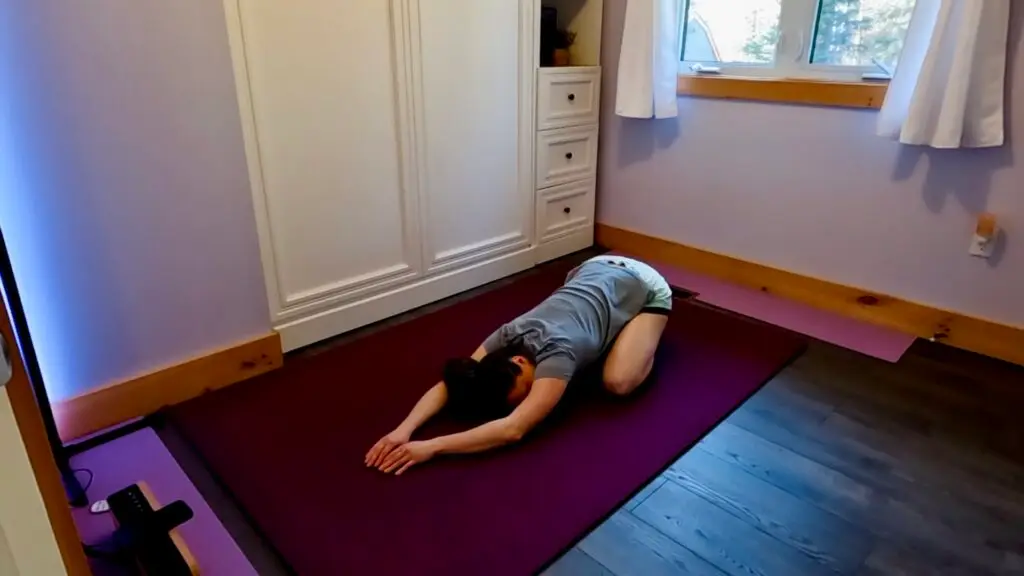
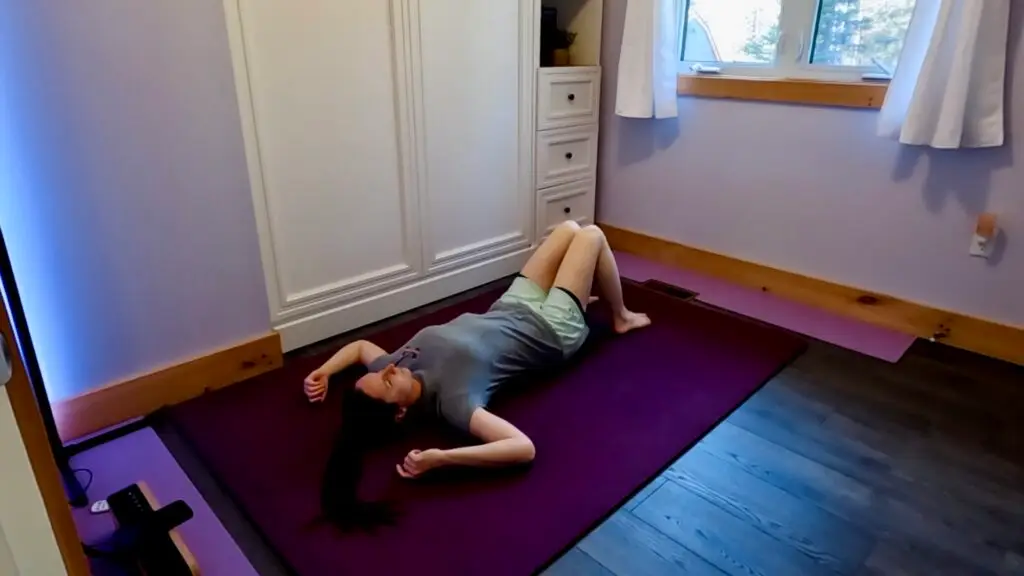
Be Mindful of your Posture & Movement
During the initial acute phase, your mobility will be greatly compromised. As frustrating as it may be, the best thing to do in this case is to stop moving in a way that worsens the injury. As previously mentioned, dial things back. Establish your baseline posture. For me, laying down on my back, on a firm and flat surface with a pillow tucked under my knees was, and still is, my most neutral position. For weeks I avoided sitting as much as possible, as this seemed to worsen my symptoms. Once you’ve established your baseline posture, and symptoms start to subside after a few days, I highly suggest to start adding gentle movements to avoid stiffness. Applying heat to the affected area loosens things up, increases blood flow and speeds up healing. Lay down on a yoga mat with a heat pat. And once warmed up, start experimenting with different movements. Gradually stretch into your stiffness. Use this time to connect with your body by observing all the subtle cues that arise. Get familiar with your pain points. As counterintuitive as this may sound, start exploring those tender pain points. Trust your intuition on this one. Do what feels right, always! When it comes to healing injuries, I’m a firm believer of the “no pain, no gain” method.
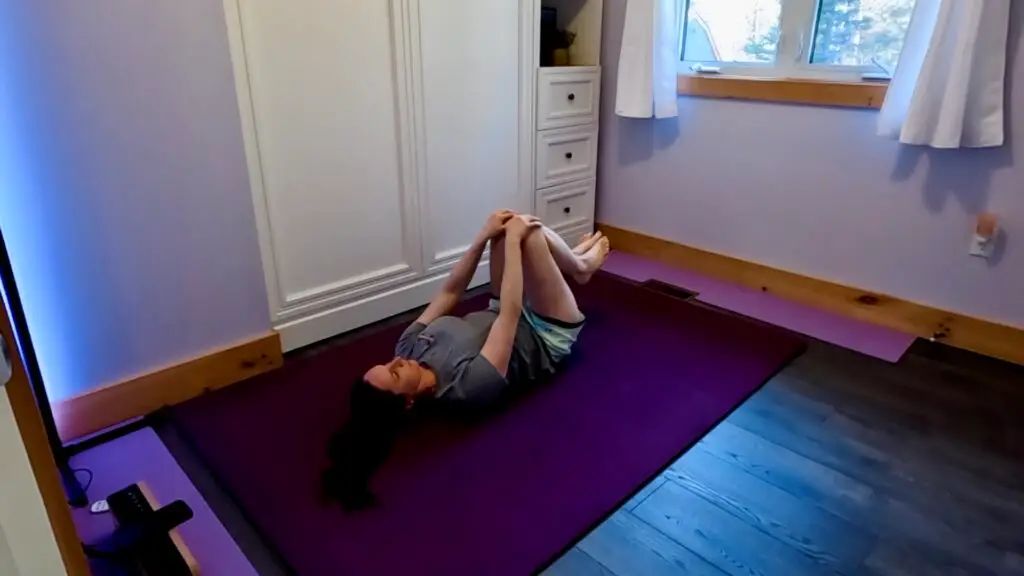
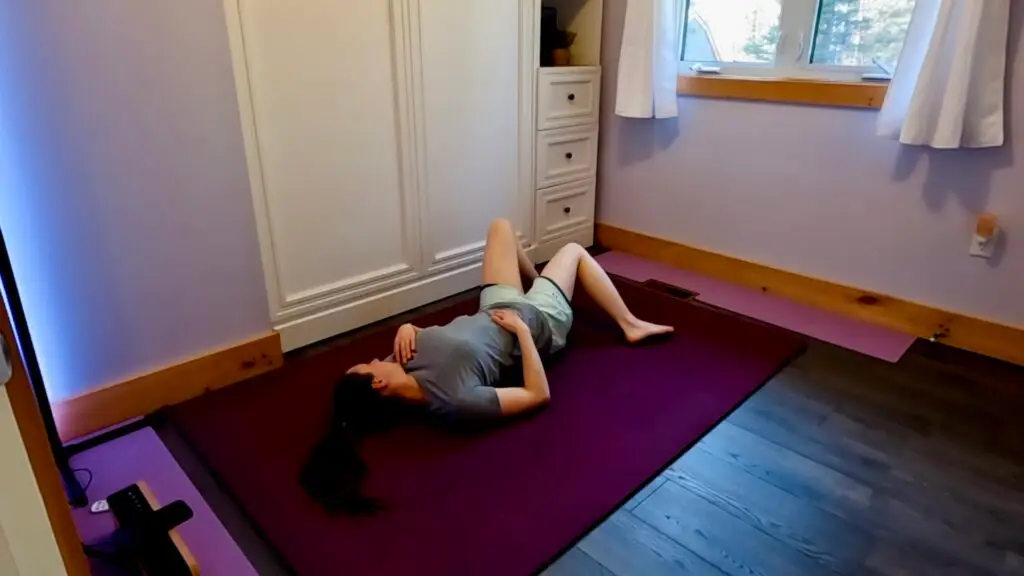
Connect to your Core
Once the initial acute stage of the injury has subsided, it’s time to get down on the floor and start connecting with your core! But before you start, make sure you’ve had the chance to warm up your back muscles by first implementing your baseline stretching protocol. Once warmed up, you are now ready to build on this foundation. There are plenty of exercises that help activate the core and lower back muscles. However, some exercises can be risky when in a vulnerable or injured state. Always use caution when exploring different movement patterns. Slow and steady is key. The goal here is to gradually work your way up so that every day activities can be done pain free and with ease. That being said, the safest exercise that I recommend as a starting point is the bridge. While bracing your core muscles and holding the bridge position, breathe into your pelvic floor. Gently expand your lungs into the base of your spine while paying close attention to your muscles. Focus on your breath and pay attention. The goal here is to bring more focus to your core and create that muscle intelligence. And once you have mastered the bridge and regained some stability, gradually start exploring other exercises while applying the same methodology. I personally love performing the plank, dead bug, superman and bird dog. The intent here is to reconnect with your core muscles and develop more body awareness. Always listen to your body and pace yourself accordingly.
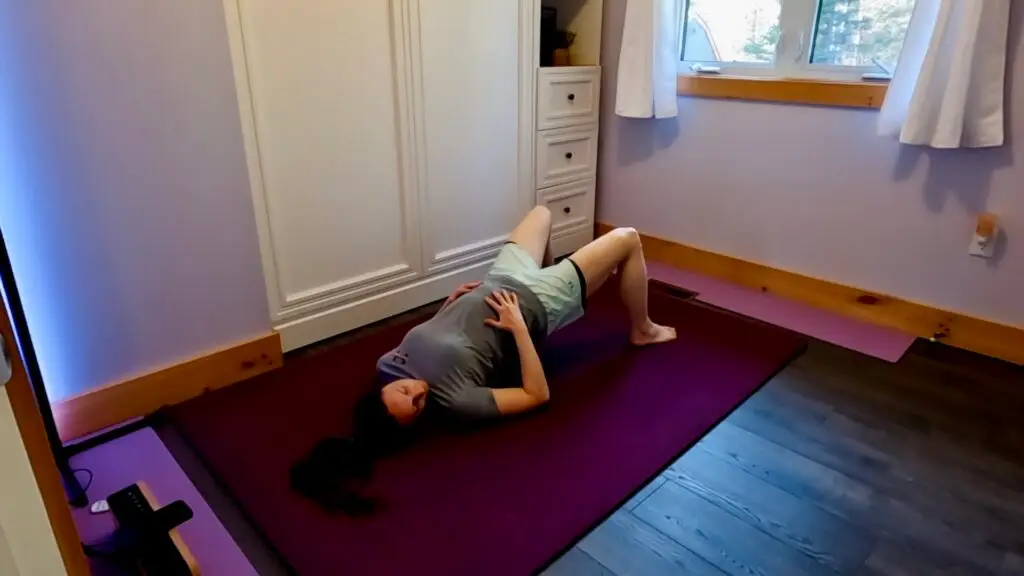
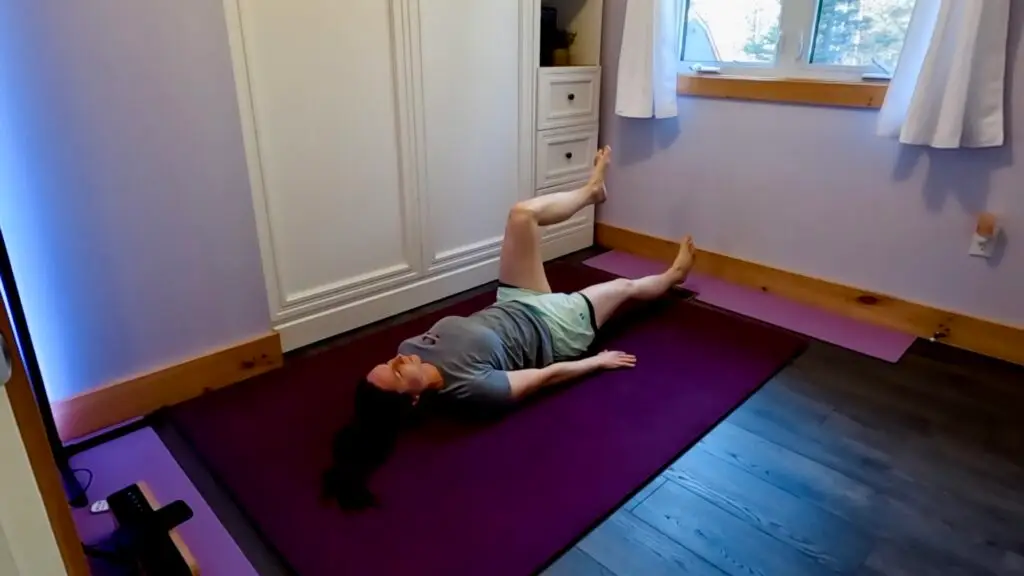
Make it a Habit & Adjust as Needed
Now that you’ve cultivated some degree of muscle memory, it’s time to bring this new found awareness to every day tasks. Whether you are bringing groceries into the house, taking the trash out to the curb, or returning to previous levels of physical activity, engaging those deep core muscles and practicing awareness throughout the day will only strengthen that core connection. It’s important to note that the core, also known as the trunk, is a substantial group of muscles. It includes the abdominal, lower back, hip and pelvic floor muscles. The ultimate goal is to re-establish strong and healthy movement patterns while ensuring every muscle is properly engaged. Over time, we want to ensure that these new habits become second nature. This is a gradual and slow process, and everyone’s timeline will look different due to individual circumstances. I may sound like a broken record at this point… Please, carefully listen to your body’s cues. When the pain subsides, this may be an indicator to add more intensity to your strategy. And if the pain comes back, this is likely your body signalling you to scale down, and adjust your strategy. We love to look outside ourselves for answers. Yet more often than not, the answers can be found from within. The human body is incredibly intelligent. Give yourself the time and space needed to foster this relationship with your body. Slow down, tune in, implement, adjust as needed, and stay open-minded!
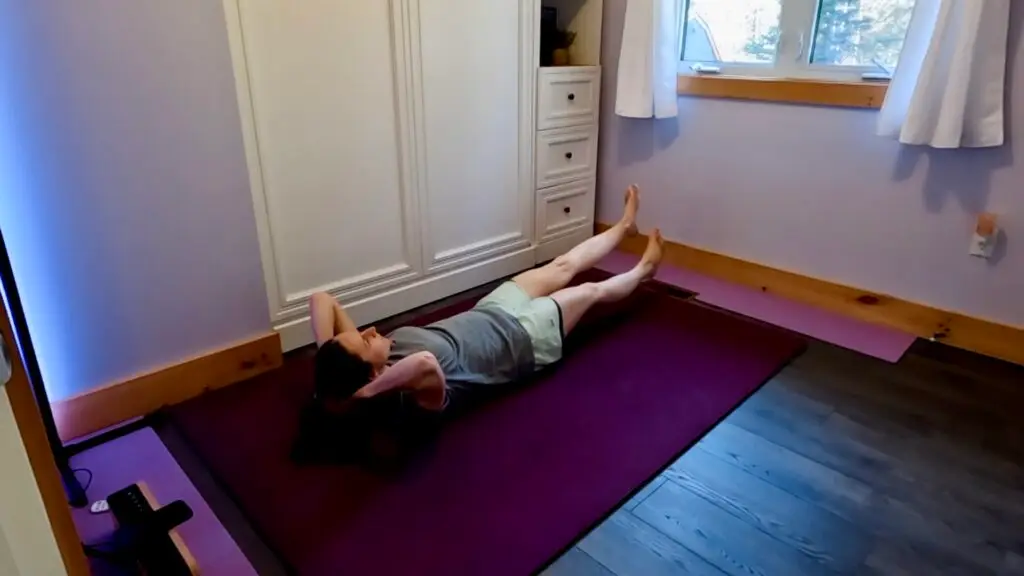
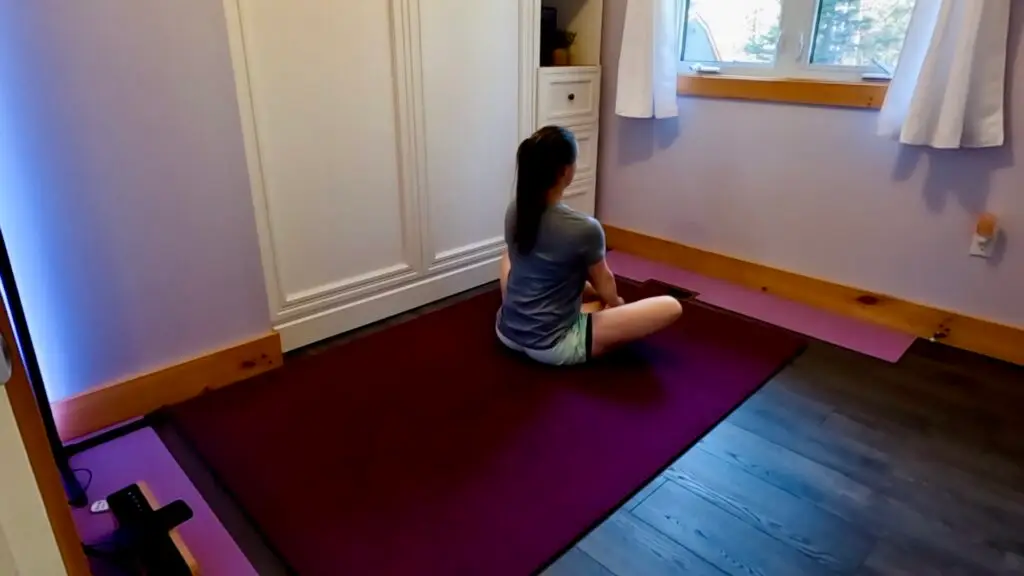
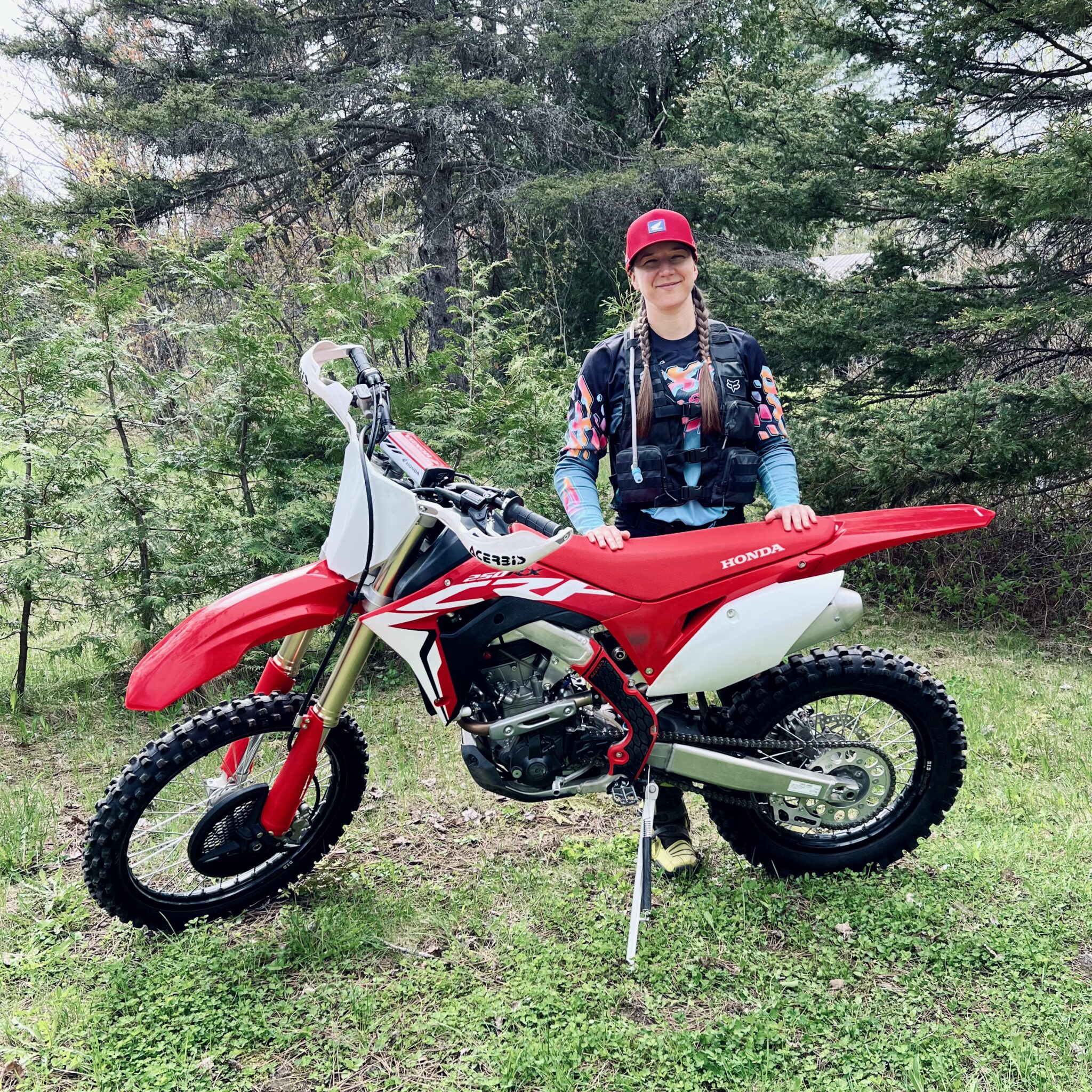

Thanks Rose
Excellent advice 🙌🏻
Thank you so much for taking the time to read my article! I hope you were able to find a few helpful gems.